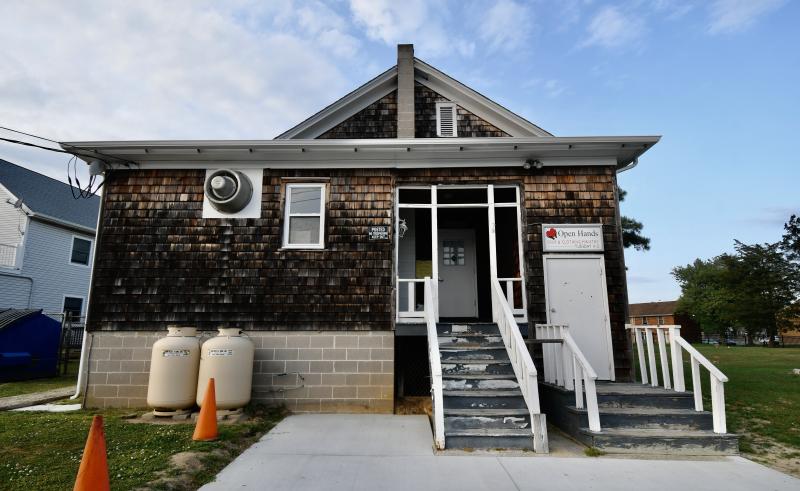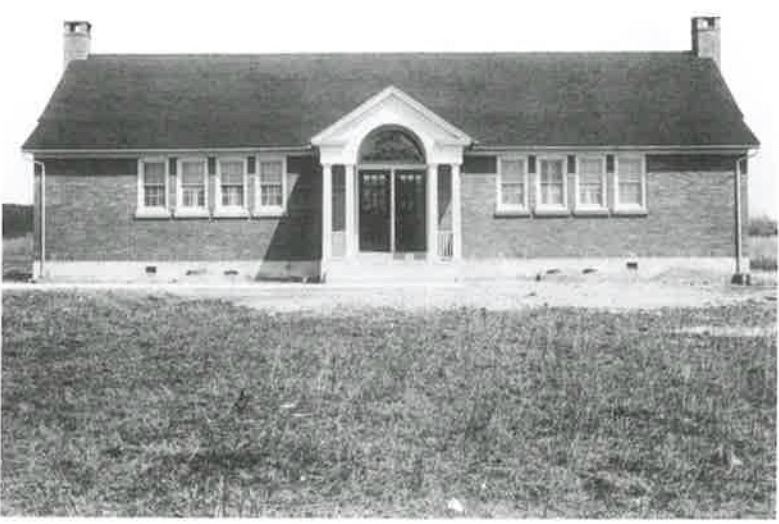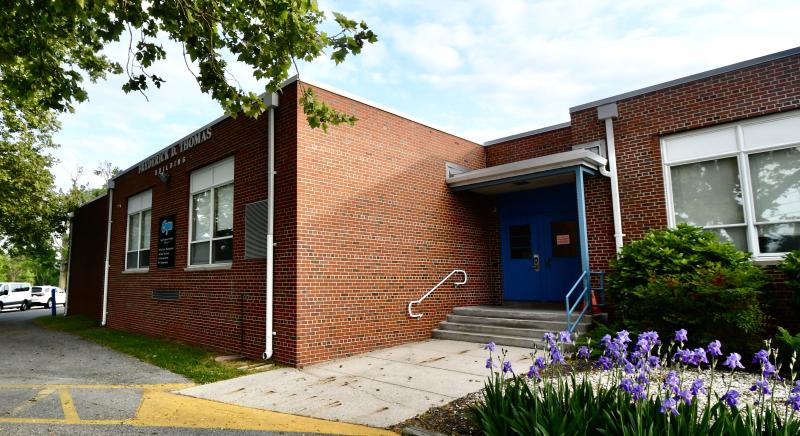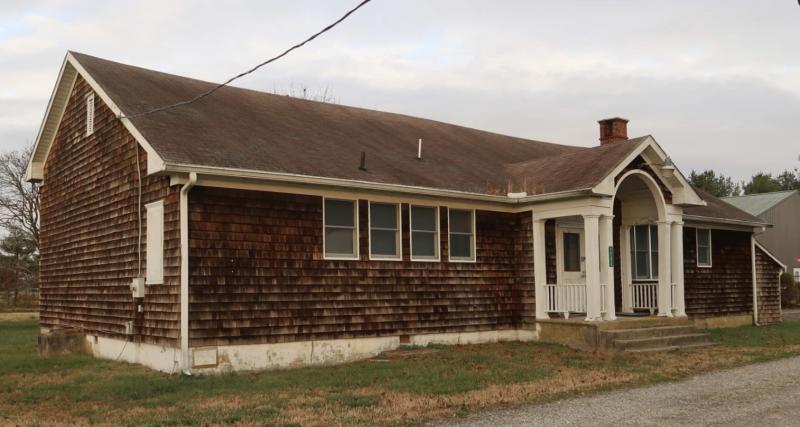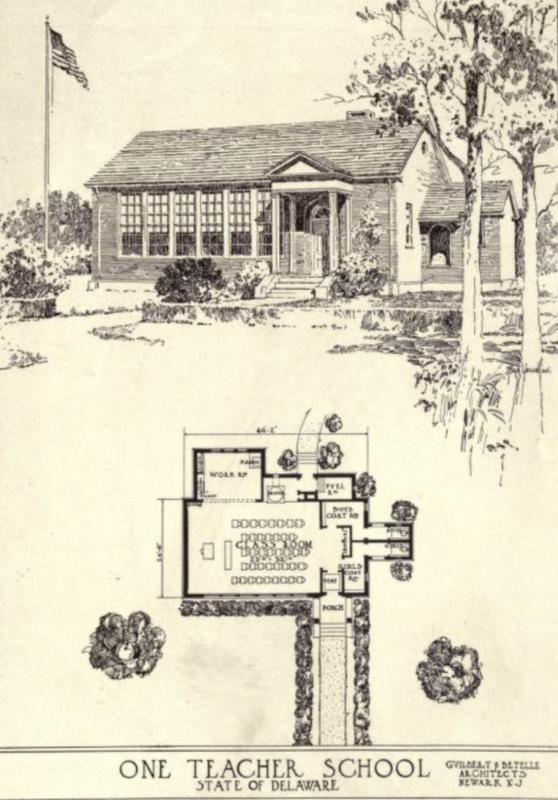Many African American schools endure
In my last column, I wrote about the du Pont schools for African American students in a state where segregation had a stranglehold. For decades, Black schools were an afterthought of state education officials.
More than half of the 33 Black schools built in Sussex are still standing and are used as community centers and by school districts and churches. Of the total, 12 schools have been demolished.
Two schools are undergoing large renovation projects to preserve their historical significance to the county: Nassau near Lewes and Richard Allen in Georgetown.
The backstory
This column will take a look at the current state of the Black schools in Sussex County. But first, a review.
A survey revealed that African American schools in the state were in an abysmal state in the 1800s. In fact, all Delaware schools were in need of renovation or demolition.
For most of the first part of the 19th century, religious organizations like the Quakers and Methodist Episcopal Church provided some education for African American students in the county.
In 1865, there were seven schools for Black students in the state. It’s not clear if any of those were in Sussex County.
The General Assembly passed a school funding bill and created a tax to build more schools for all students. But as a symbol of the times, nearly all the funding went to white schools, and as a slap in the face, Black families were charged the tax.
However, overcoming all odds, Black communities did provide schools, and by the end of the 19th century, there were 80 Black schools. Unfortunately, many of the tiny schools had next to no financial support and many could only pay for a teacher five months out of the year. Most were fire hazards with poor heating, ventilation and lighting.
Funding for Black schools
That’s the backstory leading up to the formation of the Service Citizens of Delaware and eventually the Delaware School Auxiliary Association to administer construction by one of the richest men in the country, Pierre S. du Pont, who was a serious school reformer in Delaware.
Du Pont funded the Black school building project by providing $2.5 million. The building project started in early 1920, and within four years, 90 schools for Black students had been built at a cost of just over $1 million, including 33 schools in Sussex County.
Nearly every town and crossroads in the county had a one- or two-room schoolhouse built with the same basic blueprints. While most of the schools were built with wooden shingles, larger brick buildings were built in larger towns. Nearly all of those brick buildings are still is use by school districts, including Frederick Thomas Building in Lewes, Frederick Douglass Elementary School in Seaford and the Phillis Wheatley Elementary School in Bridgeville.
The Richard Allen School in Georgetown – a brick building – is a perfect example of a school serving as the community’s heart and soul. The building is so important; the Richard Allen Coalition is raising funds to remodel the school to become a community center.
Most of the Black schools in the county were still in use into the 1960s, when integration was finally instituted in 1964-65. For more than four decades, the schools served as the community’s cultural and social centers, and not just a school building.
In all, according to University of Delaware research, of the 90 original back schools in state, 48 still exist. Nearly half were one-room schools, 29 were two rooms and 13 were multi-rooms.
Status of schools
The following is a list of some of the Sussex schools and their current status.
Delmar, Jewell Street – one room; demolished in late 1960s.
Rehoboth Beach, Oyster House Road – two rooms; moved in the 1960s to make way for West Rehoboth Elementary School (now Sussex Family YMCA). It’s now a fellowship hall for Faith U.M. Church.
Drawbridge, Joseph Road, Cool Spring – one room; demolished in 2019.
Paul Dunbar, West 6th Street, Laurel – a brick structure used by the school district until 2018 when it was closed.
Selbyville, Handy Lane – two rooms; now part of Zoar United Methodist Church.
Rabbit’s Ferry, Robinsonville Road, near Lewes – one room; turned into a community center.
Nassau, near Five Points, Lewes – two rooms; undergoing renovation by Delaware Department of Transportation, the property owner.
Lewes, DuPont Avenue – brick structure known as the Frederick Thomas Building, which is still used by the Cape Henlopen School District.
Hollyville, Zoar and Harmon Hill roads – one room; demolished in 1950s or 1960s.
Slaughter Neck, Slaughter Neck Road near Lincoln – two rooms; owned by Slaughter Neck Community Action and used as a community center.
Milton, Route 16 between Morris Road and Bennett Street – two rooms; collapsed in 2006.
Ellendale, North Old State Road, North 1st Street – two rooms; used by Mt. Zion AME Church.
Greenwood – two rooms; demolished between 1992-97.
Blocksom, Atlanta Road, west of Seaford – two rooms; destroyed by fire in 1944, rebuilt in 1960s and moved two miles to rear of Wesley U.M. Church near Seaford.
Concord, School Road and Henry Drive near Seaford – two rooms, collapsed in 2000.
Lincoln, Marshal Street – two rooms; demolished in the late 1970s.
Frederick Douglass Elementary School, Swain Road, Seaford – A brick building still in use by Seaford School District.
Warwick-Johnson, Route 24 near Long Neck – one room; serves as a church.
Warwick-Harmon, Route 24 and Oak Orchard Road – two rooms; built for the Nanticoke Indian Tribe students and is now the tribe’s museum.
Frankford, Frankford School Road – two rooms plus an addition; now is the George Washington Carver Academy.
Another motive
It seems du Pont has more than one motive to fund construction of the Black schools. He wanted the project to spur construction of more white schools.
One publication noted that du Pont’s ultimate goal was to convince whites to at least match his gifts with school taxes and bonding. When whites resisted, he tried another tack by building and rebuilding all Black schools so that “whites not wanting their children to attend poorer schools than the Negroes would immediately became interested in education.”
Du Pont said construction of the Black schools removed one of the most pervasive arguments that whites had against public “white” money being used for Black schools.
I have a really hard time understanding that rationale even looking through the lens of the time.
For more information, go to storymaps.arcgis.com/stories/fe9d45249a9247618e9db2e5a9f82735.
